Flower bombs with seeds of native field flowers, i.e. flowering weeds. Formerly a colorful element of idyllic rural landscapes, now they are more and more often exposed to extinction.
Bombs with wildflowers will work well in pots, but they are also perfect for flowering lawns and wastelands, as well as in hard-to-reach places.
Wild flowers add color and enliven austere spaces.
45,00 zł – 74,00 zł
SZYBKA WYSYŁKA
Zamówienia wysyłamy w 24h by każdy zakup dotarł do 3 dni roboczych.
BEZPIECZNE PŁATNOŚCI
Gwarantujemy bezpieczny, wygodny i szybki sposób dokonywania płatności.
POMOC I WSPARCIE
Oferujemy bezpłatne doradztwo i kompleksową opiekę pozakupową.
GWARANCJA JAKOŚCI
Dostarczamy profesjonalne i przemyślane mieszanki nasion.
Flower bombs are hand-made power balls. Each is made up of a pinch of pollinator-friendly plant seeds, soluble clay, and nutrient vermicompost.
Poppies, cornflowers, weeds, ruddy and chamomile, gilded, delphiniums and other colorful flowers are traditional field, or segetal, weeds. In the past, they accompanied agricultural crops and diversified the rural landscape. These plants are not only extremely charming, but also very important to the ecosystem. They are food and shelter for insects and a canteen for field birds, more and more species of which are threatened with extinction. By sowing wild flowers in pots and arranging them in any space, we act in favor of wildlife.
In order for the seeds from flower bombs to turn into colorful flowers, they need favorable conditions – warmth, moisture and light .
Under favorable conditions, within a few weeks of planting the bombs, beautiful and useful flowers will grow to attract bees, bumblebees, butterflies and other valuable pollinators.
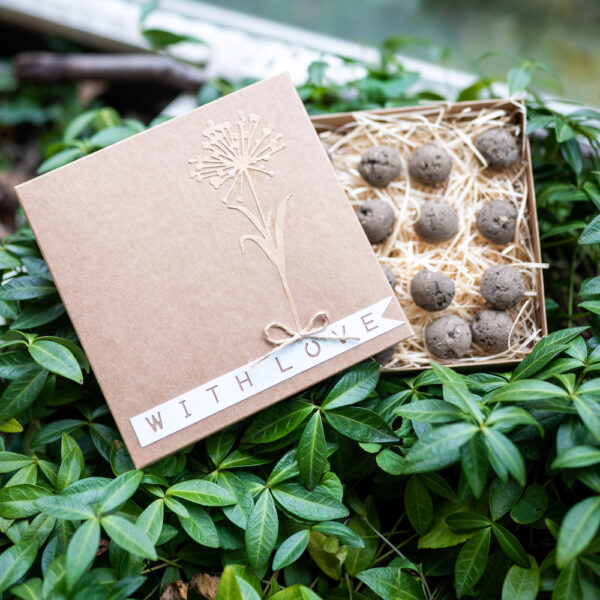

Flower bombs with wildflower seeds are
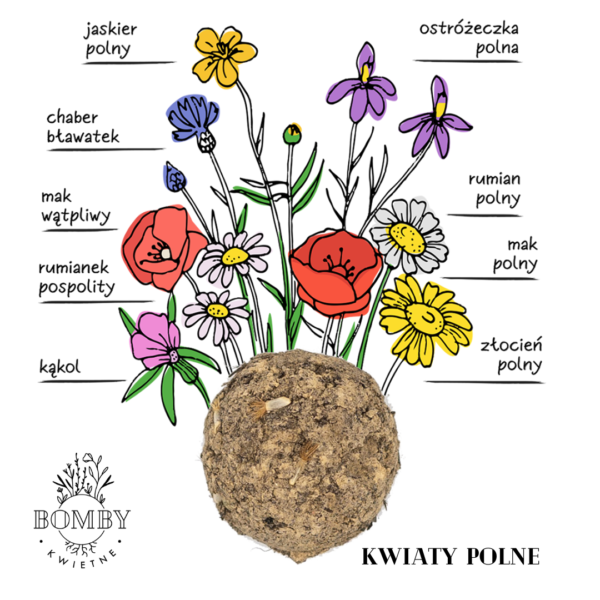

Fill the container to the brim with garden soil . To improve the properties of the substrate, mix the top layer with vermiculite. These beige granules, in which the flower bombs are hidden, are an organic clay mineral, thanks to which the soil in the pot will retain moisture for longer.
The bombs should be slightly pressed into the ground at intervals of approx. 20 cm. It is important that the plants have plenty of room to grow. Each seed in the boom can grow into quite a plant if it has enough space.
Place the pot in a sunny place outside. The more sun the plants get, the more flowers and pollinators there will be. Plants should be watered when the soil is slightly dry.
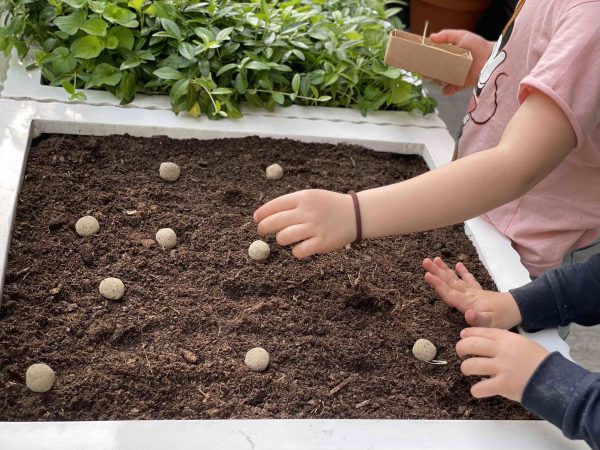







When setting up a meadow in a pot, it is worth choosing larger containers. Large pots retain moisture better and allow the roots to grow freely, and the plants grow more abundantly. In the case of larger containers, it is worth pouring expanded clay or other filling on the bottom of the pot to ensure better drainage. If the pot is standing in a place that is not sheltered from rain, be sure to check if there is a drain in the bottom, which will allow excess water to drain off.
When the plants bloom, pollinators will appear: bees, bumblebees, butterflies. Each insect that is attracted by its charming scent and the riot of flowers is precious to nature. Flower meadow is a great place to observe them closely.
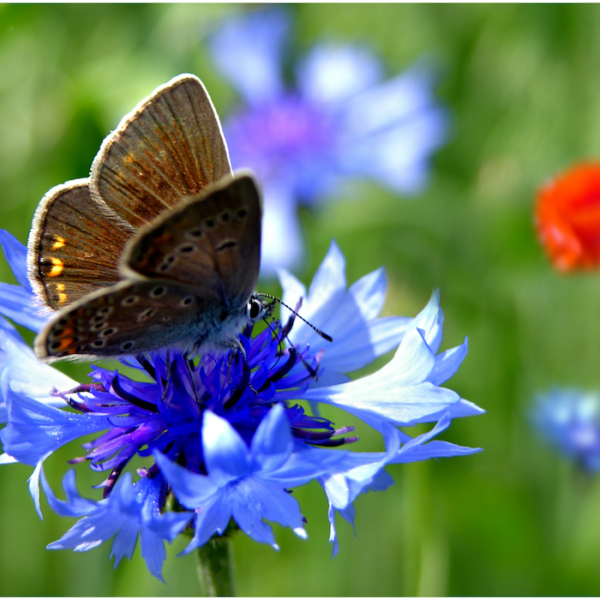

This is a portion of bombs that allow approx. 1 square meter of space. The cardboard box contains 9-10 flower bombs.
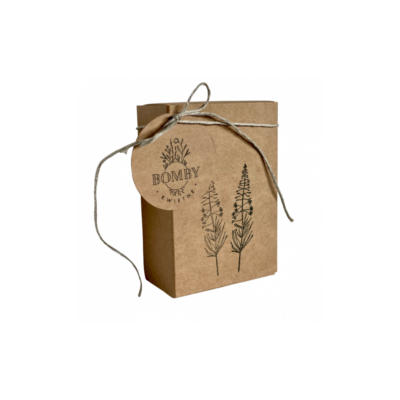

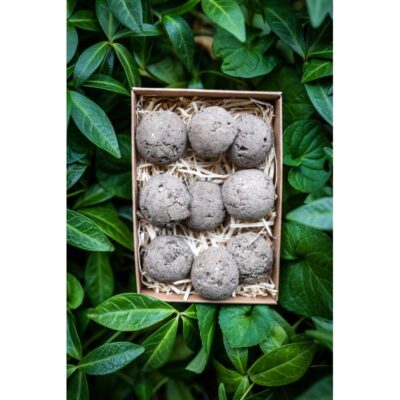

It is enough for approx. 2 square meters, which is quite a lot of smaller and larger pots. The box contains 16-18 bombs.


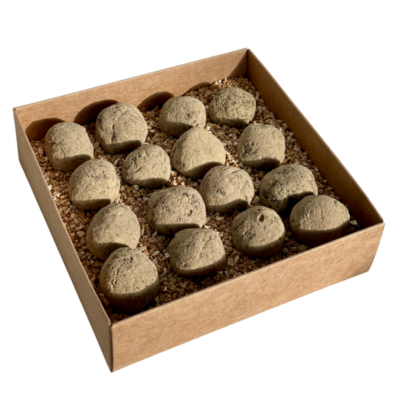

Flower bombs are balls hand-glued by Ewelina, consisting of wild flower seeds, vermicompost and easily soluble clay. They do not contain soil, as the substrates available on the market are mostly made of peat, the exploitation of which destroys our environment.
When they bloom after a few weeks, we will be able to enjoy their beautiful flowers, while bees and other pollinators will gain their own mini ecosystem. They will be able to find not only food, but also shelter.
Let us take care of our winged friends, without whom there is no life on earth. Let’s create biodiversity hotspots for them.
More information at: bombykwietne.pl

